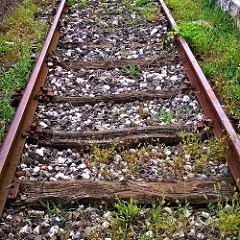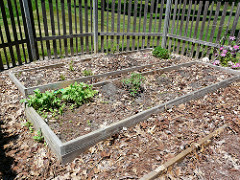While Upcycle and Company creates sustainably sourced fertilizer from upcycled waste that is dynamite, we know it isn’t the only piece to the puzzle. One of the most popular vegetables to grow in any backyard or patio garden is the humble, yet versatile, tomato. With its lycopene density, not only is it one of the easiest plants to start with, it is also extremely healthy. As a vining plant, it needs more direction than a toddler, so garden infrastructure is an important part of garden planning.
Garden Infrastructure
The guys over at Grow It Now Garden Products have some of the easiest to implement garden infrastructure that we have seen. This is obviously a step or two above building your own raised garden bed in an hour. While we support the DIY ethic, we also understand it isn’t for everyone.
If growing is really your ultimate goal outcome, you might consider ordering a prefabricated kit. Watch the video below to learn how to grow a six foot tomato plant using the right technique. Native Soil Fertilizer is essentially the afterburner in this engine. While we are focused primarily on tomatoes here, a more comprehensive infrastructure plan might be the next step.

How to Get Started
Hello this is Russel Smith with Grow it Now Garden Products. I am here with you today in my backyard garden to talk about how to grow a six foot tall tomato plant. In one of my previous episodes I planted this tomato plant. What I did was I buried it deep. I dug a hole about two feet deep. I buried my tomato plant in there so that only about six inches was sticking up out of the ground. And then I put an eleven inch miniature greenhouse over that. Staked it down. And then I put the eighteen inch miniature greenhouse over that.
Add a Little Sun
What those do is they add heat to the plant so it stimulates plant growth. And since I’ve done that video and shared it with the gardening community I have had a lot of questions come back and the questions are what do I do with the plant when it grows out of the eleven inch miniature greenhouse? Do I take both of them off? And the answer to that is no. Only take the eleven inch miniature greenhouse off and then leave the eighteen inch miniature greenhouse over top of it, until it grows out of the eighteen inch miniature greenhouse.
In this case, that was as far as I went. On some of my other tomato plants I actually went to a thirty-six inch miniature greenhouse and added even more growth and plant stimulation to the plant. In that case you are going to have to make sure you come in and shake the plant in order to get the pollination. So with this one, that was the secret sauce.
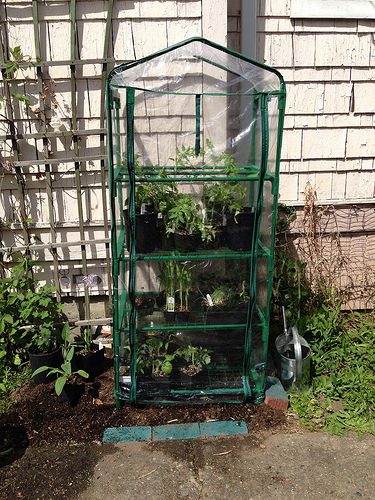

I dug the hole, buried it deep so that only six inches were sticking out of the ground, put my eleven inch miniature greenhouse over it and then the eighteen inch miniature greenhouse over that. Since that video I have also had the question well what do you do for fertilizer? So here’s my secret to fertilizing. Since I’m getting in the ground early, I’m planting my tomatoes early and I’m trying to push the season with the miniature greenhouses.
I like to prepare my garden in the fall for spring planting. So what I’ll do every fall is I put four to six inches of cow manure overtop of the garden and then I till it in really deep. So that is one of the things that I use to fertilize.
#NOrganic Fertilizer
[Editor’s Note] This next section Russel discusses the fertilizer blends he used to achieve this result. Native Soil is an off the shelf fertilizer that meets these criteria. We firmly believe that our sustainably sourced blend is better than “certified organic.” Our future friendly fertilizer blend is as important as any physical garden infrastructure.
The other thing I use to fertilize is I’ll use a dilute solution of fertilizer. Off the shelf fertilizer. So that is a nonorganic way, and then I mix it with other organic fertilizers. So I experiment both ways. If you are a new gardener I would recommend starting out with an off the shelf all-purpose fertilizer and then weaning yourself off of that to a more organic fertilizer. So on this six foot tall tomato plant you can see I have a lot of tomatoes growing. I probably have fifty or so tomatoes on this plant, just going like crazy. And the other thing is that you can see the stems on these up high. Look how thick that stem is.
It is about one inch thick. Down low there is only one stem coming out of the ground and that is feeding off of a massive root base in order to support this whole tomato plant. So tip and trick, burry it deep, put the eleven inch miniature greenhouse overtop of it, eighteen inch overtop of that..
As found on Youtube
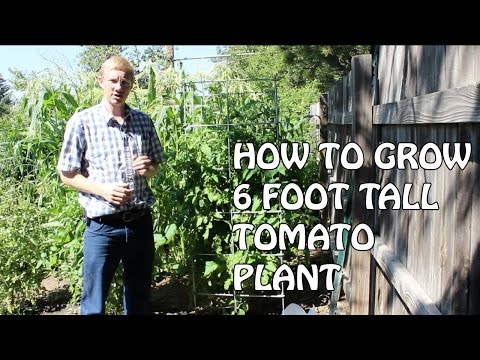
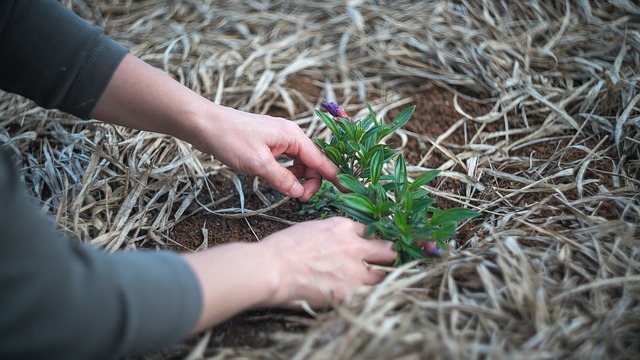
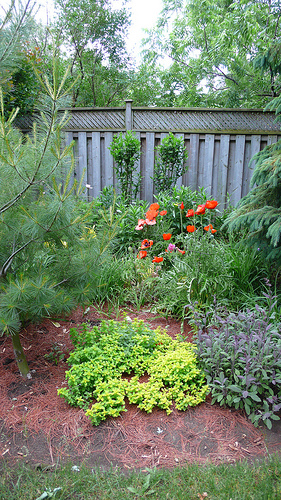

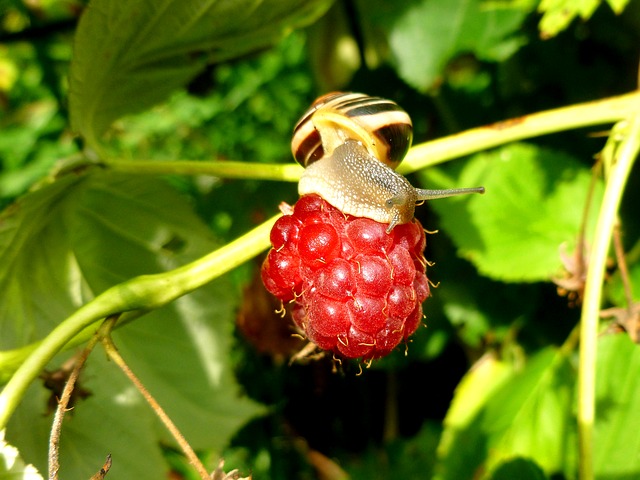 Some perennials are not preferred meals for snails and slugs, especially if their foliage is hairy and tough, or tastes bad. These varieties include achillea, helleborus, heuchera, euphorbia, and campanula.
Some perennials are not preferred meals for snails and slugs, especially if their foliage is hairy and tough, or tastes bad. These varieties include achillea, helleborus, heuchera, euphorbia, and campanula.